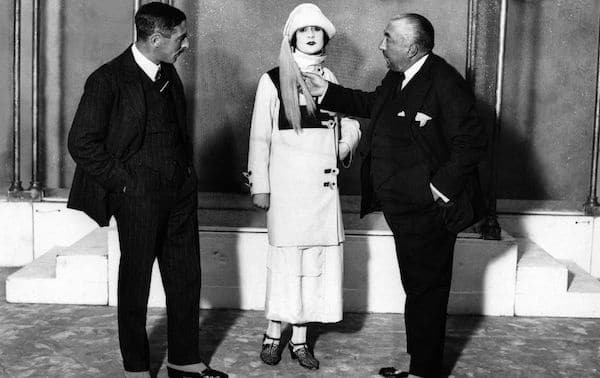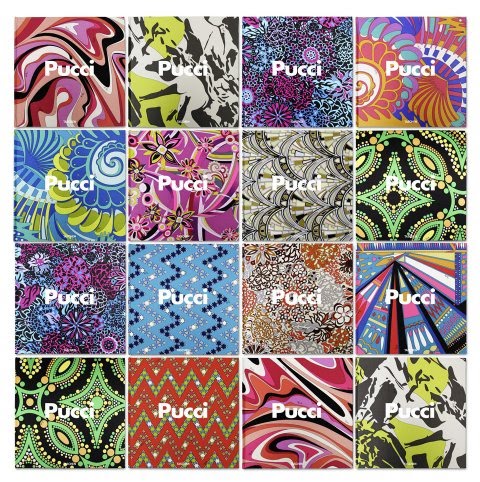Move over, dear fashion influencers, and aspiring Kardashians! The first and only true fashionista in history is a German man with a serious job that allows him to earn a lot of money, an impeccable sense of style in imagining his outfits to get noticed. At 29, he wasn’t ashamed to pose naked, showing (indeed, highlighting) all his imperfections. The name? Matthäus Schwarz.
Pretentious, Odious, Irritating, Refined, Exaggerated, Triumphalist. The list of adjectives that can describe Paul Poiret does not end here, of course, but I liked the idea of finding a word for each letter of his surname and that all together they could communicate the personality of one of the main protagonists of fashion history. How do I know that Paul Poiret was really so? Simple, I just read “King of Fashion: The Autobiography of Paul Poiret”.
Everybody defines Diana Vreeland as “Legendary editor in chief of the American Vogue,” even if they haven’t the slightest idea who they’re talking about. So, I’m asking you, what’s the meaning of the word “legendary,” conventionally used as a crossword clue? The answer is more complicated than expected, but you can solve the riddle by reading her entertaining autobiography D.V. published in 1984. Diana Vreeland photographed by Arnold Newman, 1974
Pucci book The Marchese Emilio Pucci di Barsento, known as Emilio Pucci, was one of the pioneers of the Italian Fashion and in February 1951 he took part to the “First Italian Fashion Show” in Villa Torrigiani, house of the Count Giovanni Battista Giorgini. Actually, he began his career as fashion designer in 1947, when the photographer Toni Frissel, who worked for Harper’s Bazaar, portrayed a blonde girl wearing a snow suit designed by Pucci himself. Vanessa Friedman (fashion editor of the Financial Times) tells the whole story of the brand in Pucci, a big volume full of colorful images, pictures,…

